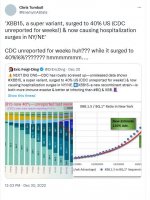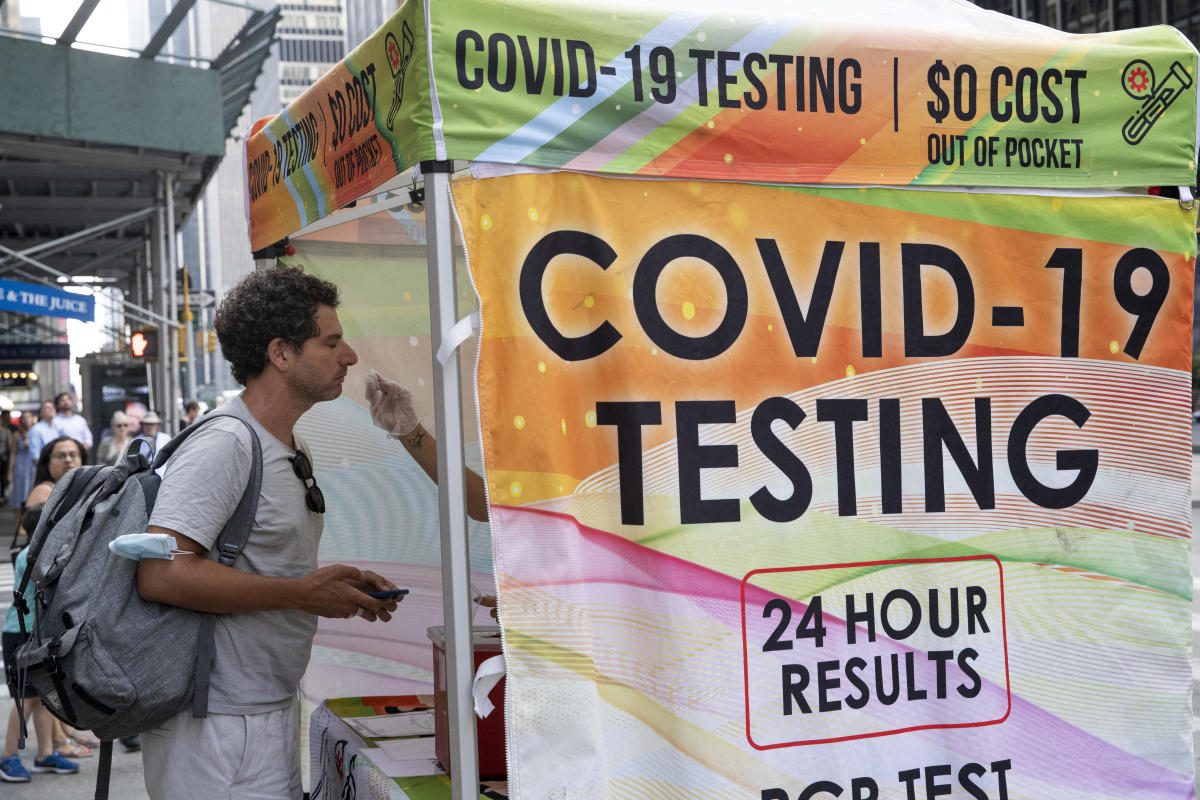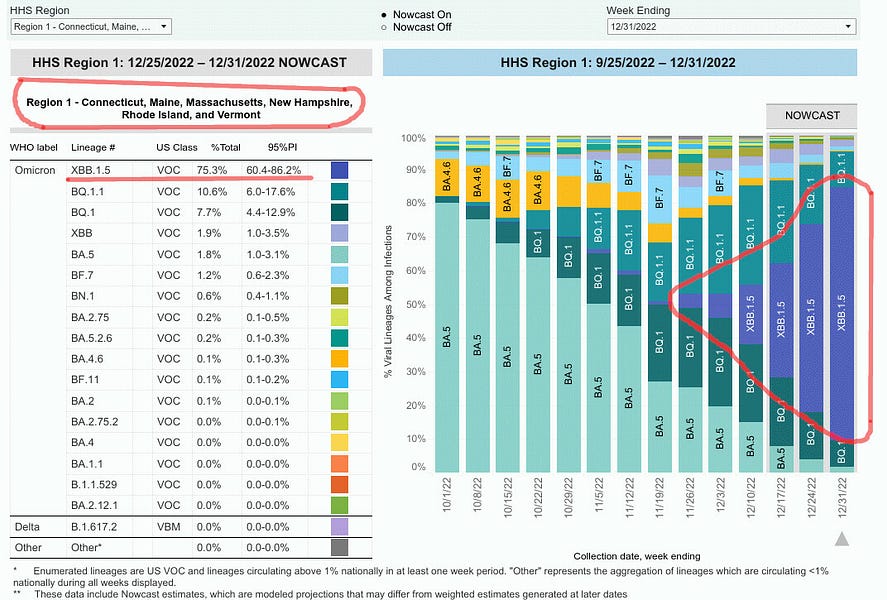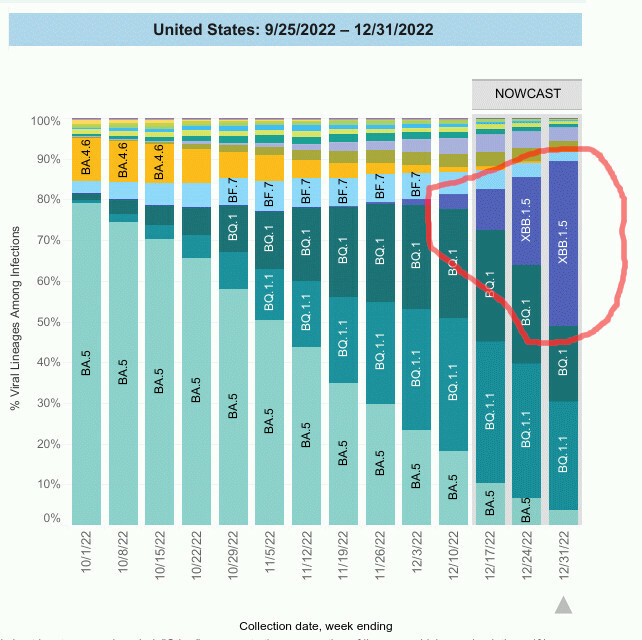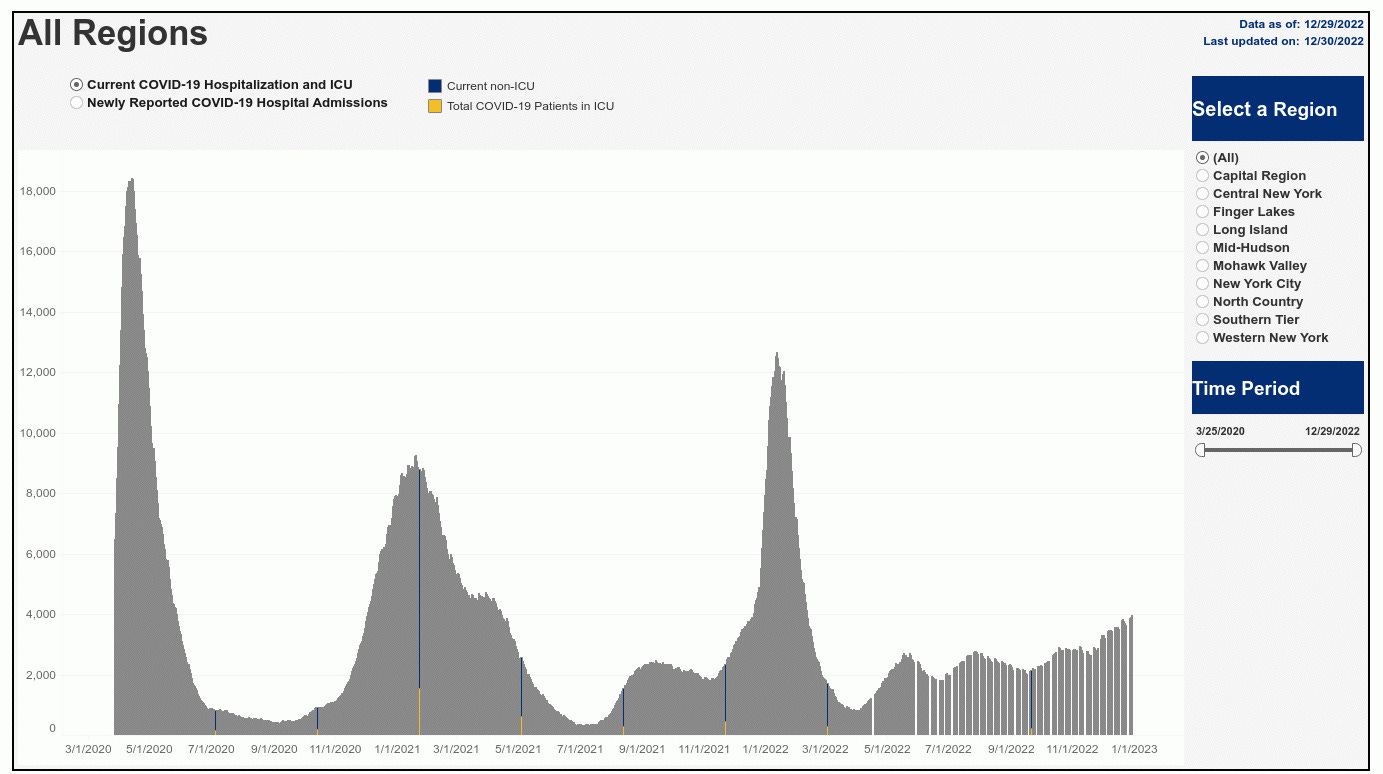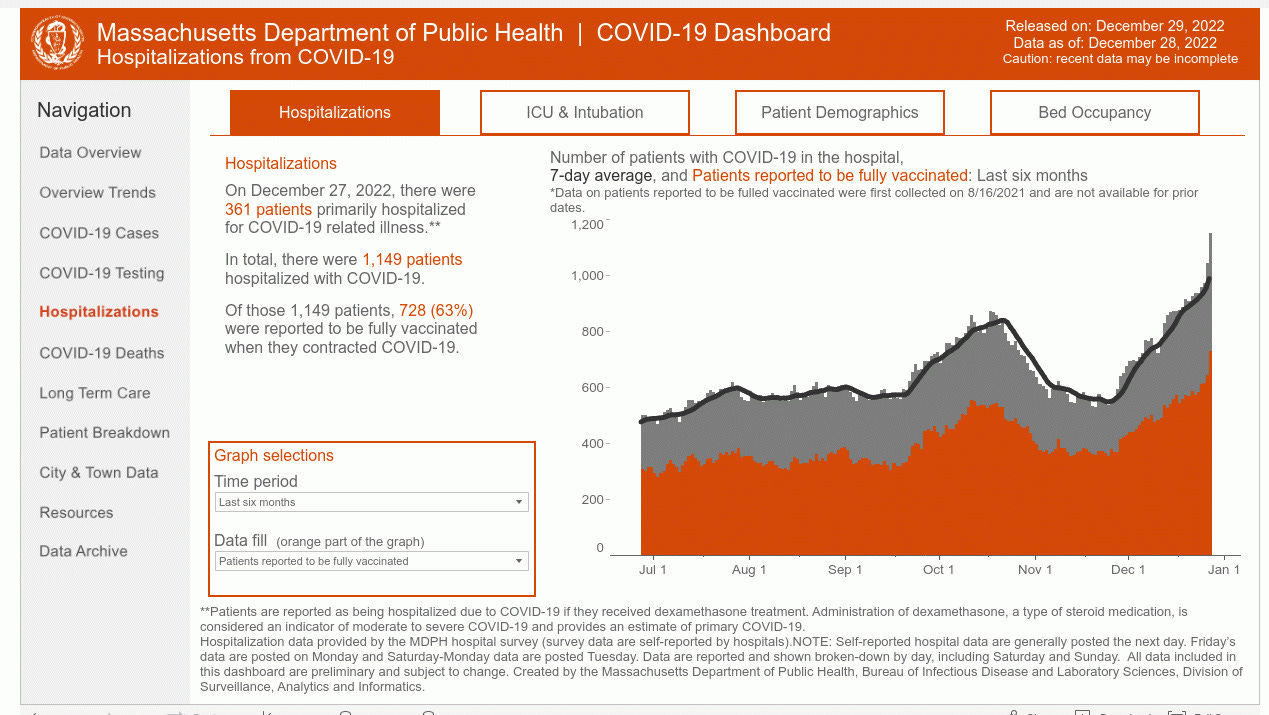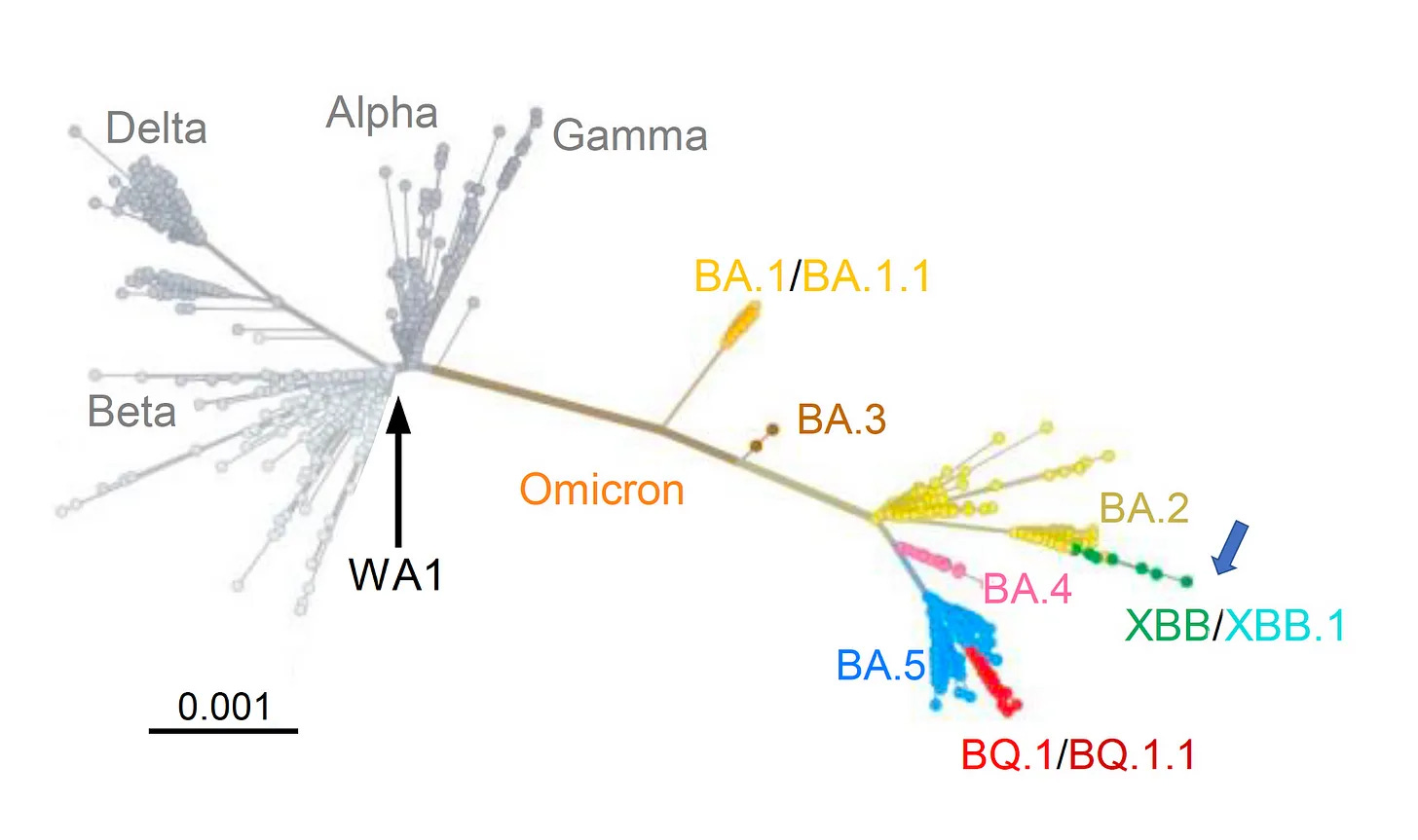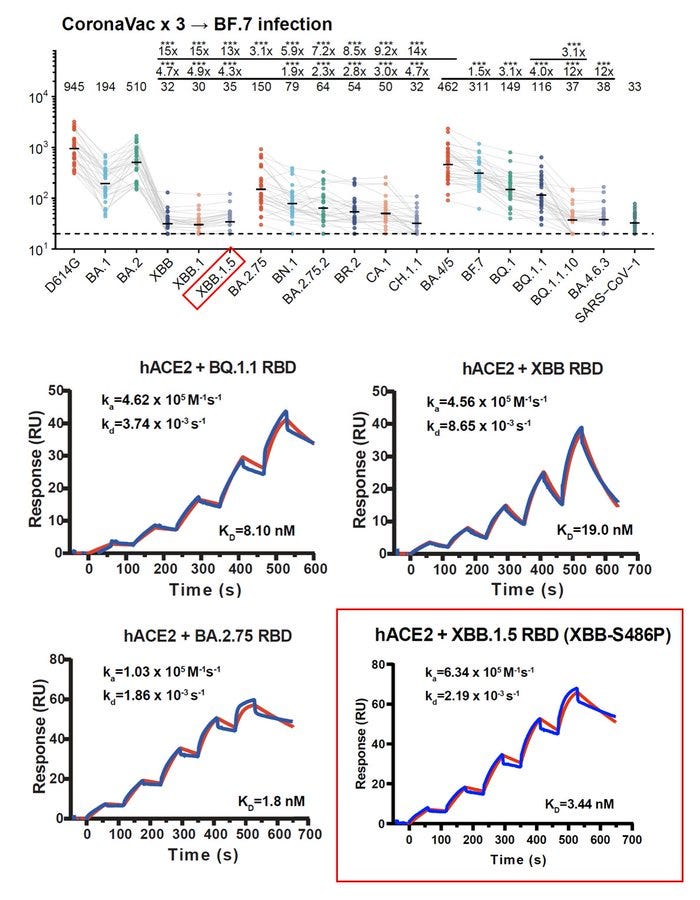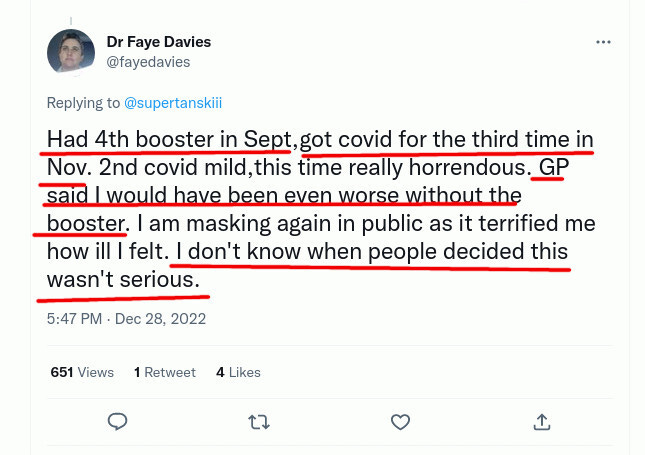News Analysis Amid China's major COVID-19 outbreak, panic buying of pain relievers and fever medicines has led to ...

www.theepochtimes.com
(fair use applies)
China’s COVID Outbreak Linked to Worldwide Shortage of Over-the-Counter Drugs
Rapid infections in China may breed new variants and threaten the global population, experts say
By Jenny Li and Sean Tseng
December 29, 2022
Amid China’s major COVID-19 outbreak, panic buying of pain relievers and fever medicines has led to shortages in the country and abroad. Experts say the current rate of infections could breed new virus variants and threaten the international community.
The Chinese Communist Party’s (CCP) sudden move to abandon its zero-COVID policy without a plan forward left the medical system with little time to prepare. Most patients in this new wave of infections show more severe symptoms—high fever, cough, and lung infections—than the mild symptoms usually associated with Omicron coronavirus variants.
On Dec. 7, the Chinese State Council issued the “New Ten Rules” on epidemic control, abruptly ending pandemic measures it had strictly enforced for the past three years. The rules include relaxing measures such as allowing self-isolation at home and no longer requiring negative PCR tests and health codes for cross-regional travel.
However, the CCP still doesn’t have a clear roadmap for “coexisting with the virus,” nor has it allocated sufficient medical resources to cope with the predicted massive wave of infections.
People weren’t warned in advance to prepare for at-home COVID treatment and have flooded local pharmacies, seeking fever and cold medicines.
Chinese Authorities Limit Drug Purchases
Pharmacies in China were ordered to ban or control the sale of cold and flu medication under the zero-COVID policy to prevent residents from using over-the-counter drugs to reduce or mask fevers and avoid illness detection. This is also due to people not wanting to be forced into PCR tests or sent to centralized quarantine facilities.
Many pharmaceutical companies and pharmacies that made and sold the drugs went bankrupt because of the restrictions. The remaining factories weren’t given advance notice to prepare for a sudden increase in demand after the restrictions were lifted.
As clinics and pharmacies across China report long queues and a shortage of ibuprofen, paracetamol, and other fever-reducing medications, local governments are pledging to procure more drugs and distribute them to pharmacies.
Officials in Nanjing City announced that they would add 2 million tablets of fever medicine to the market each day, starting on Dec. 18. However, the pharmacies were instructed to stretch out supplies by unsealing the packages and selling the tablets individually. The purchase limit is six tablets per person.
Likewise, pharmacies in Zhuhai City were also instructed by authorities to unseal packages of ibuprofen and sell the tablets individually, and the retail price per tablet was 1 yuan (about $0.14). Residents are limited to six tablets per seven days.
Despite being the world’s largest producer of the raw materials of ibuprofen, China is experiencing a severe shortage of fever-reducing medication.
The combined production capacity of the country’s top two leading pharmaceutical companies for ibuprofen raw materials is about 13,500 tons, of which Guangxinhua Pharmaceuticals accounts for 40 percent of the global production capacity.
Several Chinese sources criticized the CCP’s lack of communication with pharmaceutical companies before ending its zero-COVID policy abruptly, leaving the pharmaceuticals unable to expand production to meet the current demand.
An employee at the Chinese pharmaceutical giant Jiangsu Hengrui Medicine told The Epoch Times that the company only started to increase production in December.
“If pharmaceutical companies could be notified one to two months in advance, they wouldn’t be so passive now,” an unnamed pharmaceutical employee told The Paper, a Chinese state-owned media.
Huang Mei (pseudonym), the daughter of a retired senior official in Beijing, told The Epoch Times on Dec. 20 that the CCP’s sudden move to lift COVID restrictions left many people unprepared.
“No one expected [the authorities] would abandon the zero-clearing policy, and nothing was prepared at home. If I had known earlier, I would have stocked up on some antipyretics! And now I can’t buy them anywhere,” she said.
Panic Buying of OTC Drugs
China’s nationwide shortage of fever-reducing medications has resulted in the panic buying of pain relievers and fever medicines, and the wave of panic buying has quickly spread overseas, according to various media reports.
Tylenol’s local brand, Panadol, a fever-reducing drug, has been sold out for weeks at five pharmacies in Hong Kong’s Wan Chai business district, according to a CNN report.
Likewise, in Macau, stores had empty shelves of cold and fever medicines. As a result, the local government imposed restrictions on purchasing painkillers, fever-reducing drugs, and antigen test kits.
Taiwanese Deputy Minister of Health and Welfare Wang Pi-sheng said on Dec. 19 that Taiwan’s Panadol is in short supply. Wang urged the Taiwanese not to buy large quantities of fever-related medications and send them abroad.
Chinese customers also hoard large quantities of flu medicines and painkillers in Bangkok, Thailand.
“We have a lot of buyers, including foreigners and Chinese customers. But the most obvious are Chinese. They would grab as much as they can,” a pharmacy manager in Bangkok told Reuters.
In the United States, Canada, Australia, and France, Chinese purchasing agents have removed boxes of cold and fever medications from Costco and various pharmacies, forcing some stores to implement purchase restrictions, according to BackChina, an online news and communication portal targeting overseas Chinese.
‘The Virus Is Just Too Transmissible’
As many as 37 million people are contracting COVID in a single day in China, according to leaked minutes from a meeting of the country’s top health body confirmed by multiple news outlets.
The cumulative number of infections in the first 20 days of December likely reached 248 million—nearly 18 percent of the population—officials said during the National Health Commission’s internal meeting on Dec. 21, only 13 days after the regime rolled back some of its toughest anti-COVID measures.
The figure is exponentially higher than the regime’s official virus tally, and if accurate, it would mean that China’s outbreak is the largest in the world.
The leaked minutes also said Beijing and Sichuan Province in the southwest were the hardest hit among the 31 provincial-level administrative regions, with cumulative infection rates of the residents exceeding 50 percent. Meanwhile, the infection rates of Tianjin city, Hubei, Henan, Hunan, Anhui, Gansu, and Hebei provinces range from 20 to 50 percent.
Chen Qin, the chief economist at data consultancy MetroDataTech, predicts China’s COVID wave will peak in most Chinese cities from mid-December to late January, based on an analysis of online keyword searches, according to Bloomberg. His model suggests Beijing’s unchecked reopening is already responsible for tens of millions of daily infections, with cities like Shenzhen, Shanghai, and Chongqing having the largest case counts.
British epidemiologist Benjamin Cowling told NPR that the virus is spreading faster in China than anywhere else during the pandemic. And that it appears to be particularly contagious in the Chinese population.
In epidemiology, scientists often use the “R number” to evaluate the virus’s transmissibility. It represents the number of people one infected person will pass on a virus to, on average.
In early 2020, the R number was around 2 or 3, Cowling said, while during the Omicron surge in the United States last winter, the R number jumped to about 10 or 11, according to studies.
However, scientists at China’s National Health Commission estimated the R number in the current surge is “a whopping 16.”
“That’s why China couldn’t keep their zero-COVID policy going. The virus is just too transmissible even for them,” Cowling told NPR.
He added that last winter, cases doubled in the United States every three days or so, but currently, in China, “the doubling time is like hours,” and that “even if [China] manage to slow it down a bit, it’s still going to be doubling very, very quickly.”
A previous forecast model provided by macroeconomic consulting group Wigram Capital Advisors showed that China’s death toll due to the virus might exceed 1 million in the coming winter months, the Financial Times reported.
The model predicts that by mid-March next year, the country’s daily death toll may reach 20,000. Meanwhile, the demand for intensive care units will peak at 10 times capacity by late March, with daily admissions exceeding 70,000.
The aforementioned Huang told The Epoch Times on Dec. 20 that her father was hospitalized due to underlying diseases. On the ninth day after the Chinese authorities lifted the pandemic measures, her father tested positive for COVID.
“The sight of the hospital is tragic. Even the working doctors and nurses seem ill. Because of the many elderly people and COVID-positive patients, [the medical staff] are also infected,” Huang said.
Experts: Potential for New Variants Threatens the World
Some experts estimate that about 60 percent of China’s 1.4 billion population, or roughly 10 percent of the global population, could become infected with COVID in the coming months, according to German state-owned media Deutsche Welle (DW). The experts worry that the virus’s rapid spread in China may breed new variants.
U.S. State Department spokesperson Ned Price said in a briefing on Dec. 20 that as long as the virus spreads “in the wild, it has the potential to mutate and pose a threat to people [all around the world].”



 www.theepochtimes.com
www.theepochtimes.com
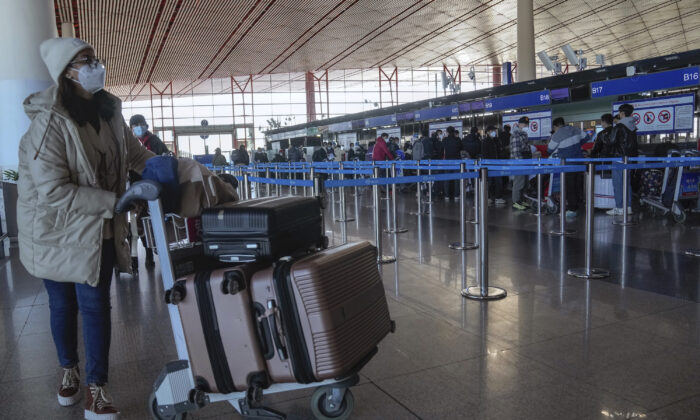

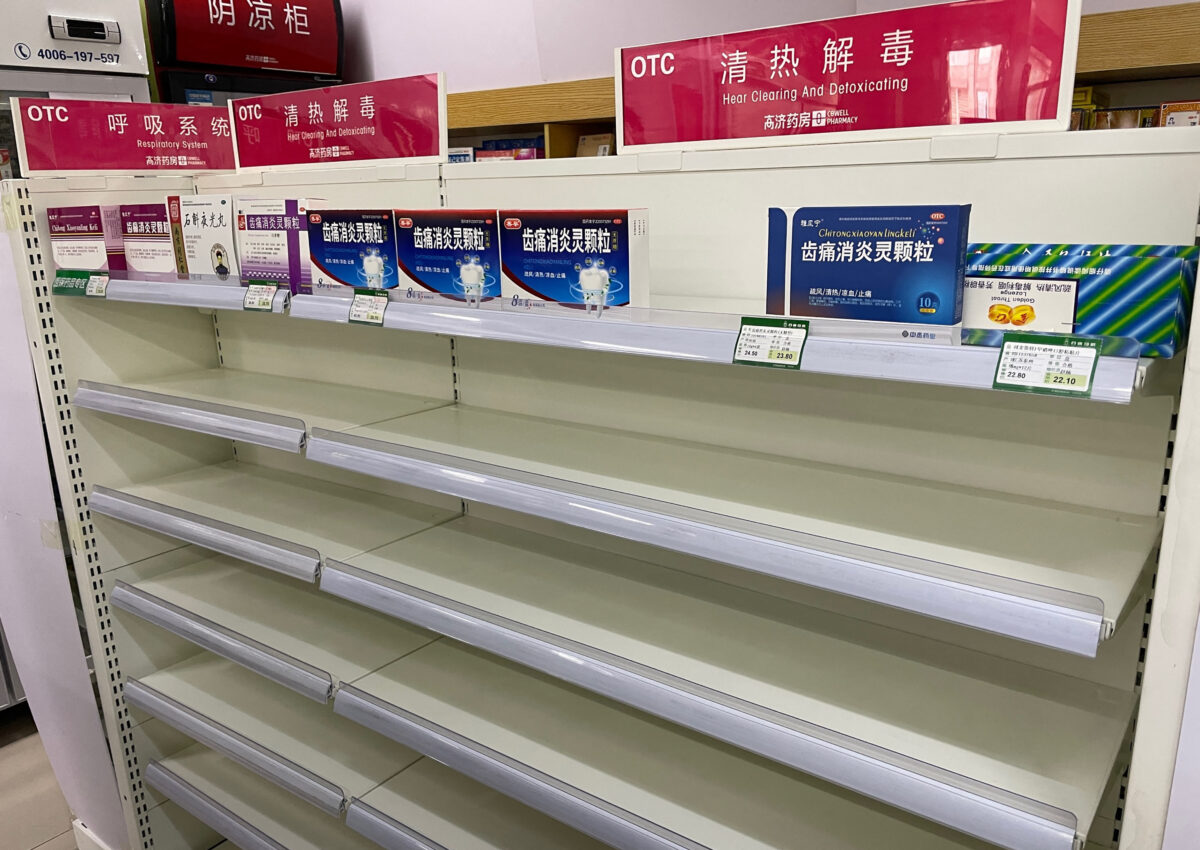
 www.theepochtimes.com
www.theepochtimes.com

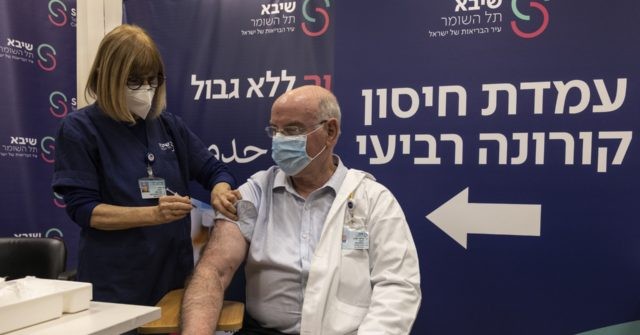
www.breitbart.com

news.yahoo.com

